15 Vampire Movies That Still Hold Up Today
Vampire movies have a way of staying with us long after the credits roll, blending suspense, horror, and drama into something unforgettable. For decades, audiences have been captivated by the dark, seductive world of vampires, where nothing is quite as it seems. Whether it’s the fear of immortality or the complicated relationships these creatures have with humans, these films have explored it all. Each movie brings a different angle to the vampire myth, whether it’s a chilling narrative or a more lighthearted take on the genre. What keeps these films so appealing is their versatility; there’s something for everyone, from classic horror fans to those seeking a fresh twist.
This post may contain affiliate links, which helps keep this content free. Please read our disclosure for more info.
Nosferatu (1922)
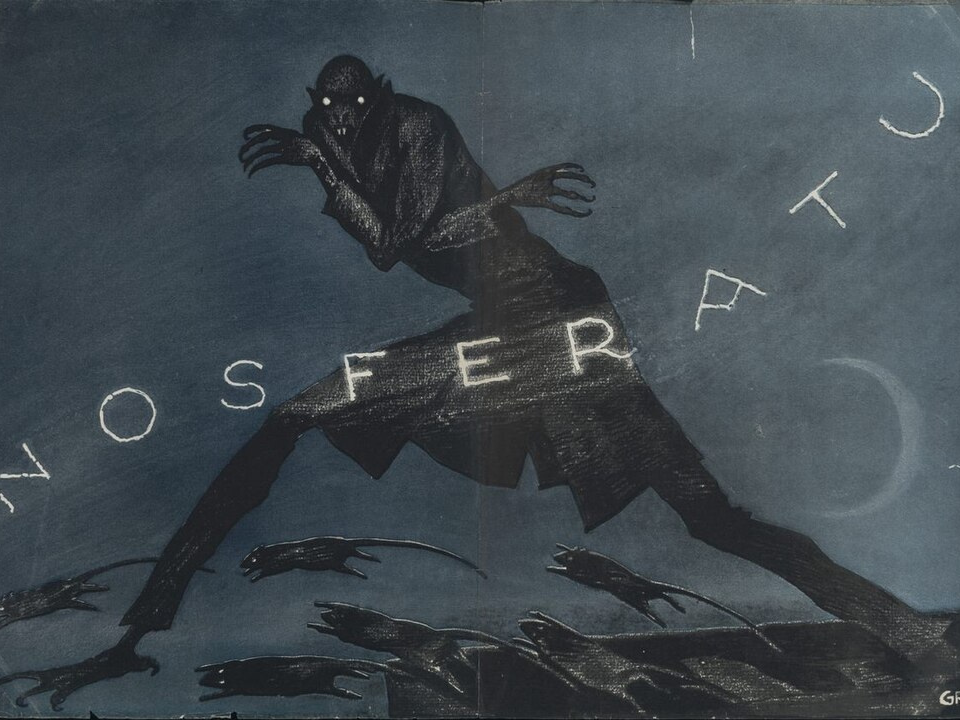
This silent classic directed by F.W. Murnau is one of the earliest examples of vampire cinema. Inspired by Bram Stoker’s Dracula, it follows the eerie tale of Count Orlok, whose sinister presence still captures the imagination today.
The haunting visuals, particularly the iconic scene of Orlok’s shadow creeping up the staircase, have solidified Nosferatu as a staple in the horror genre. Its influence is far-reaching, shaping countless films that followed.
Dracula (1931)
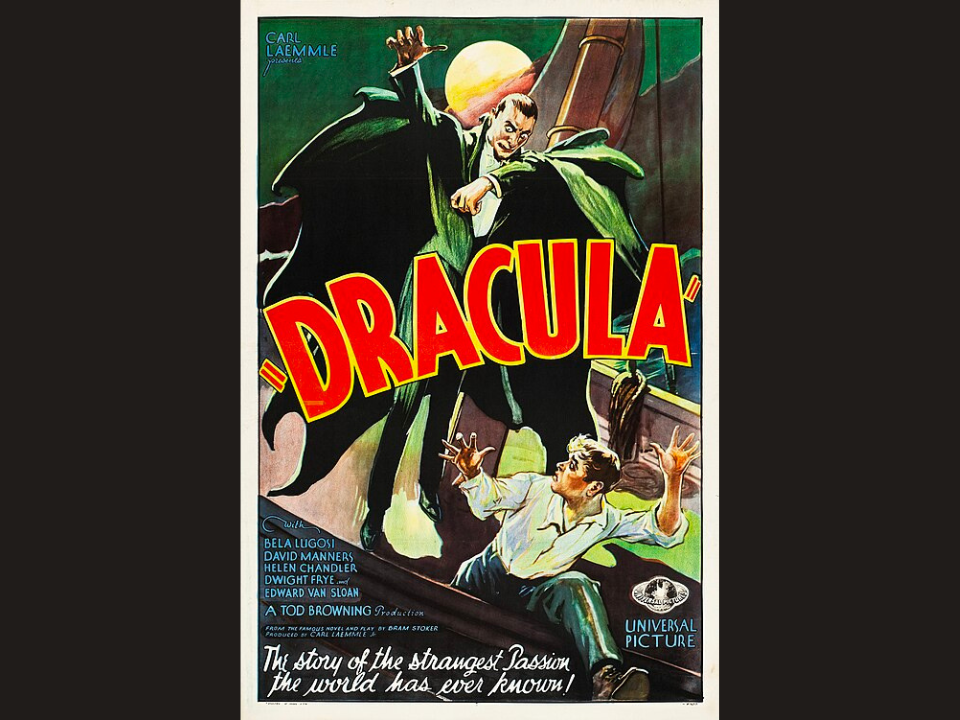
Directed by Tod Browning and starring Bela Lugosi, this adaptation of Bram Stoker’s novel set the standard for vampire films for decades. Lugosi’s portrayal of Count Dracula became iconic, turning the vampire into a suave yet terrifying figure.
With its atmospheric direction, Dracula remains a masterpiece of early sound cinema. The film’s portrayal of the vampire as both a creature of charm and horror continues to resonate with modern audiences.
The Lost Boys (1987)
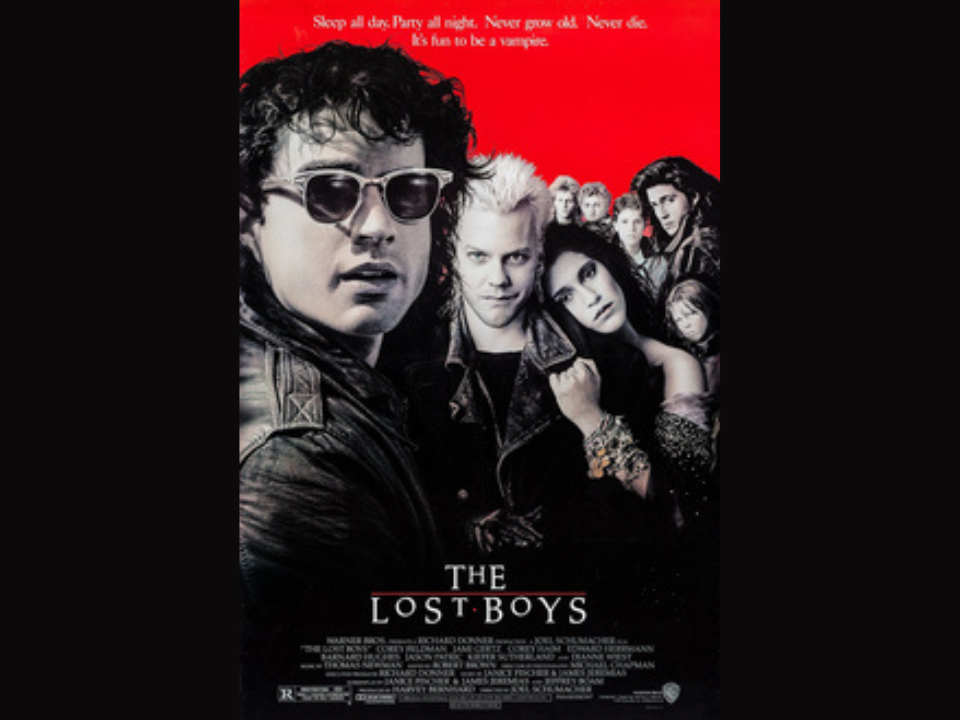
This teen horror-comedy directed by Joel Schumacher blends supernatural horror with a distinctly 80s vibe. The story revolves around two brothers who move to a town plagued by a gang of youthful, rebellious vampires.
The film’s mix of humor, action, and genuine terror makes it a unique entry in the vampire genre. Its memorable soundtrack and stylish aesthetic help it remain a cult favorite decades after its release.
Interview with the Vampire (1994)
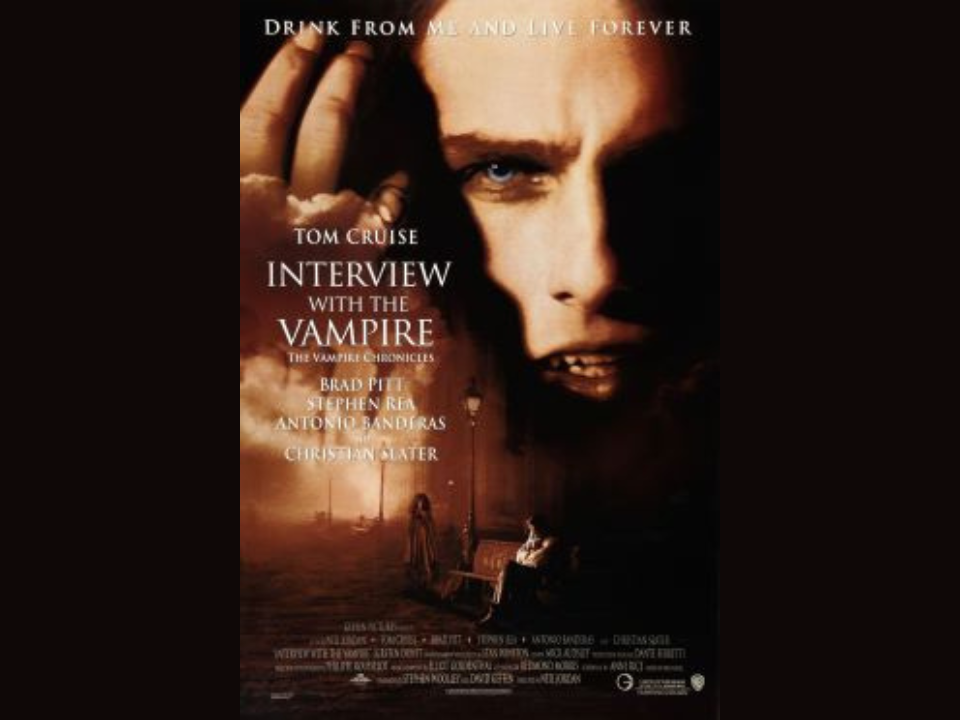
Based on Anne Rice’s best-selling novel, this film explores the complex, emotional lives of vampires, particularly through the perspective of Louis (Brad Pitt) and the notorious Lestat (Tom Cruise). The film explores themes of immortality and moral conflict.
With strong performances and stunning visuals, Interview with the Vampire presents a darker, more introspective take on the vampire mythos. It has continued to be a beloved entry in the genre, praised for its atmospheric mood and compelling characters.
Let the Right One In (2008)
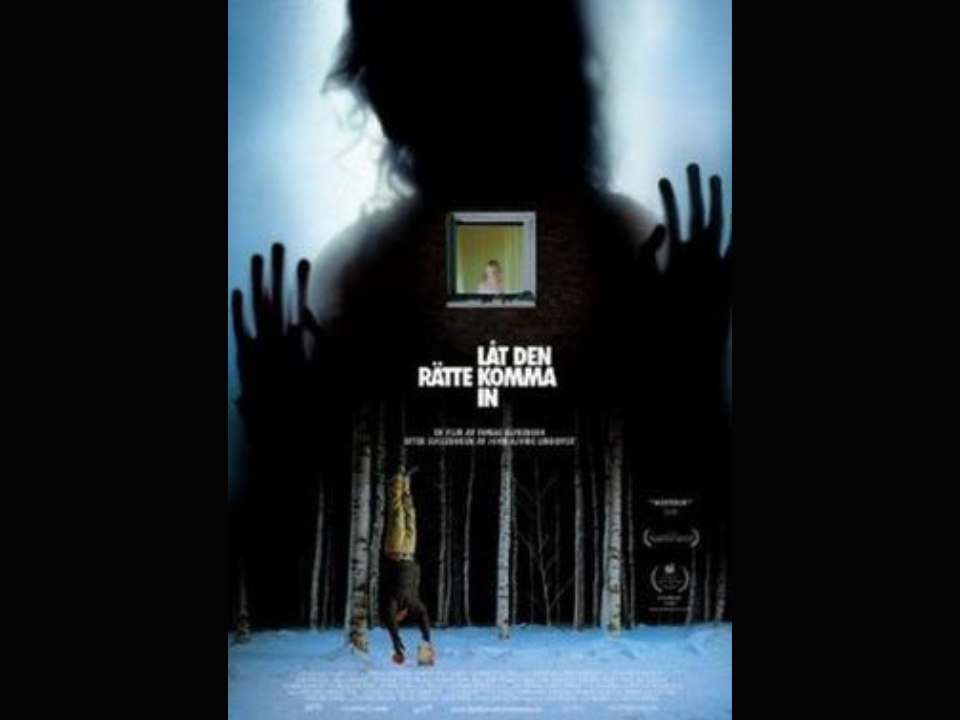
This Swedish horror film, based on John Ajvide Lindqvist’s novel, tells the story of a young boy who befriends a strange girl who may not be entirely human. The film is a delicate blend of horror and coming-of-age drama.
Let the Right One In stands out for its haunting atmosphere, slow burn tension, and emotional depth. Its minimalist approach to vampire lore and focus on the characters’ emotional journey make it a modern classic.
Fright Night (1985)
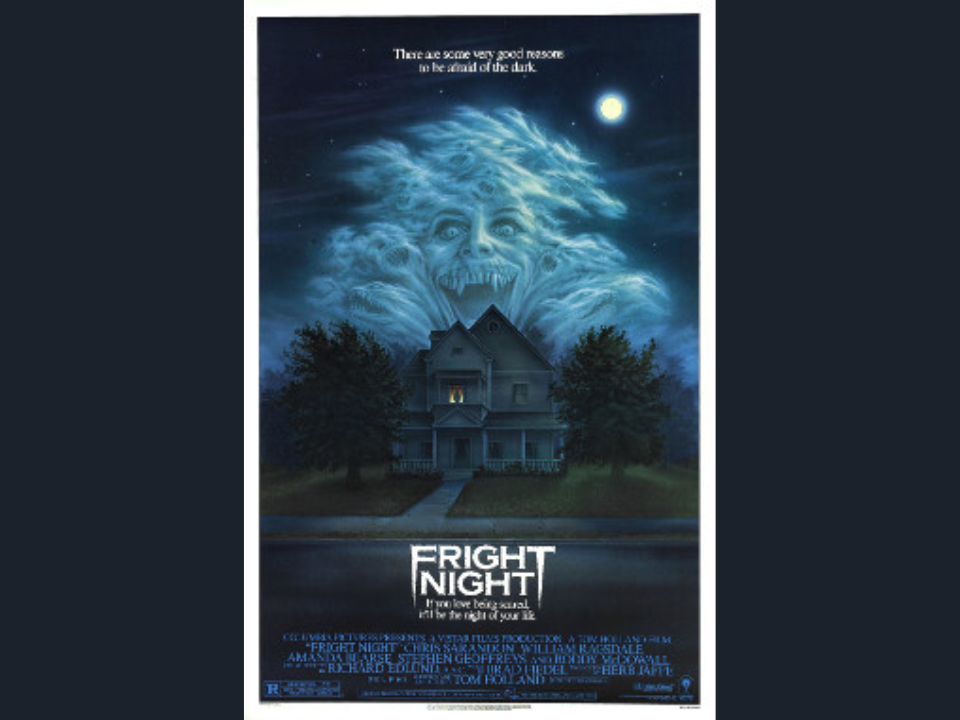
A charming blend of horror and humor, Fright Night follows a teenager who discovers that his neighbor is a vampire. With a mix of campy thrills and genuine suspense, the film quickly became a fan favorite.
The film’s balance between teen angst and supernatural danger, along with its memorable performances, keeps it fresh. It remains a standout example of 80s horror cinema and has spawned a successful remake.
Blade (1998)
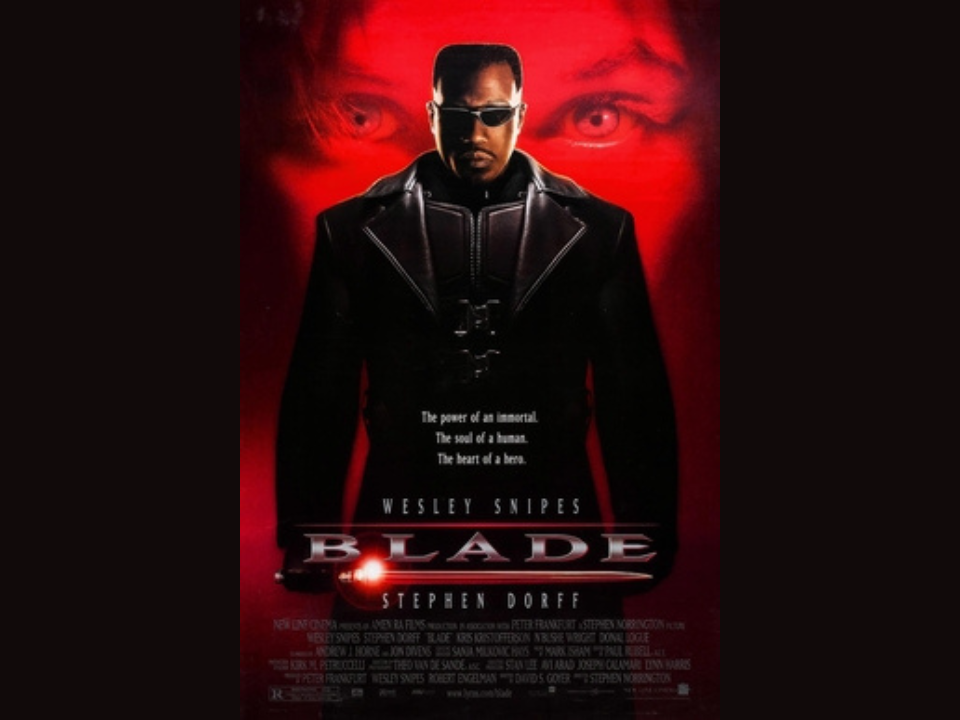
Starring Wesley Snipes as the titular half-vampire, half-human vigilante, Blade was a game-changer for comic book and vampire films alike. The film’s gritty action and unique antihero resonated with fans and helped pave the way for more superhero-horror hybrids.
The film’s fast-paced action, stylish direction, and Snipes’ iconic performance keep it relevant. Blade combines supernatural lore with martial arts, creating a unique entry in both the vampire and comic book movie genres.
Thirst (2009)
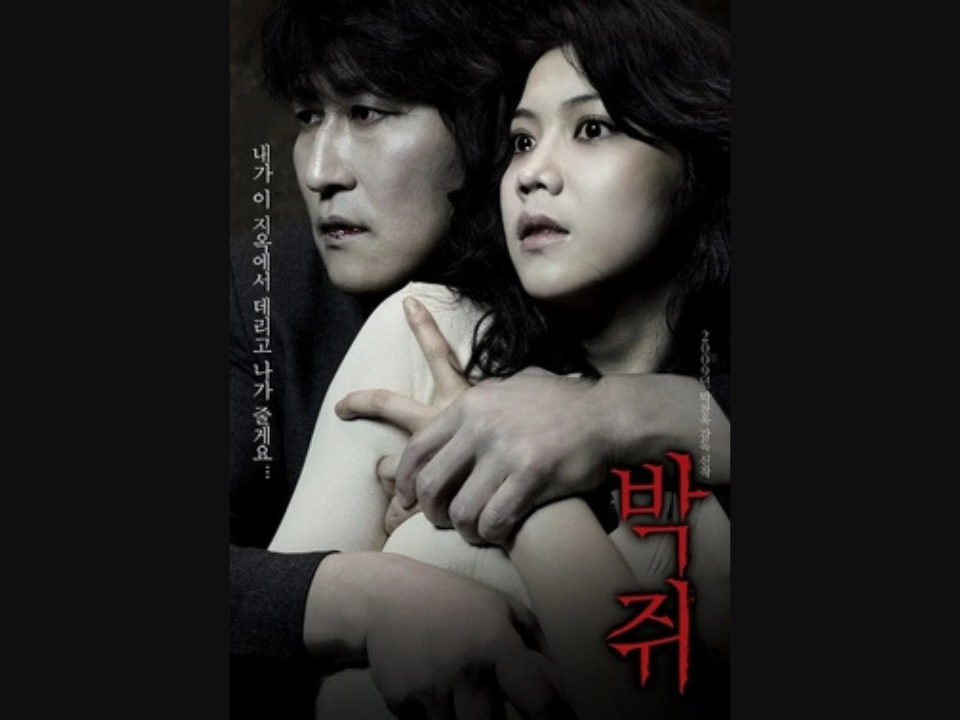
Directed by Park Chan-wook, Thirst is a unique, darkly sensual take on the vampire myth. The film tells the story of a priest who becomes a vampire and struggles with his new cravings while dealing with his moral conflict.
With its mix of horror, romance, and philosophical themes, Thirst stands out for its daring exploration of human nature. The film is both visually striking and emotionally provocative, making it a standout in the genre.
Only Lovers Left Alive (2013)
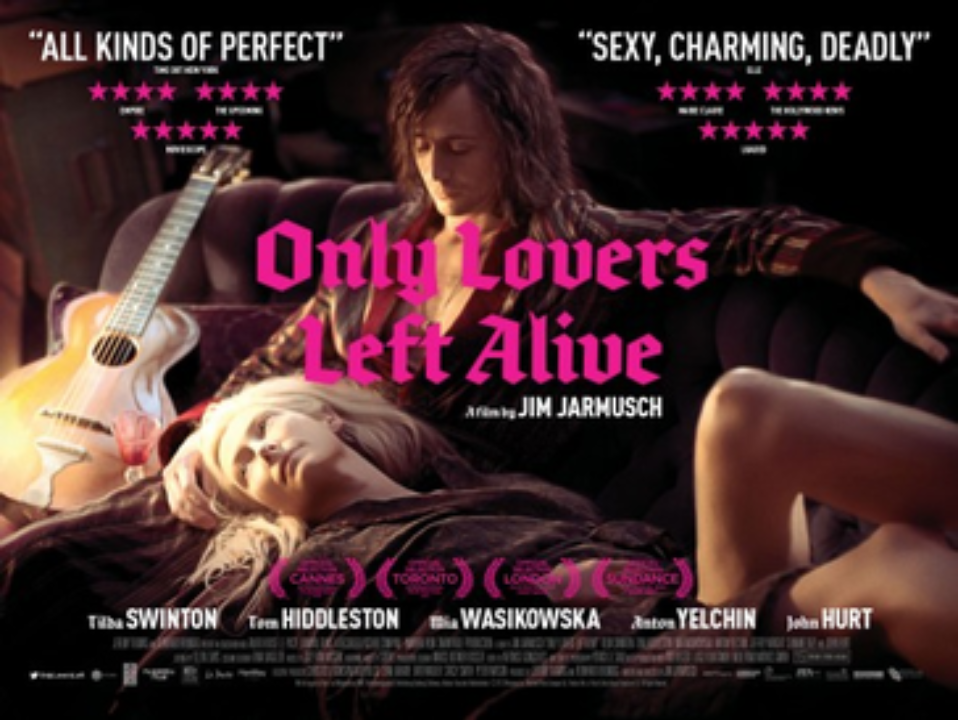
Jim Jarmusch’s Only Lovers Left Alive is a slow-paced, atmospheric film that focuses on two vampires, played by Tilda Swinton and Tom Hiddleston, who have lived for centuries. The film offers a contemplative exploration of immortality and culture.
The film’s existential themes, combined with its ethereal and stylish aesthetic, make it stand apart from typical vampire movies. It remains a reflective and unique entry in the genre, appreciated for its depth and atmosphere.
The Night Flier (1997)
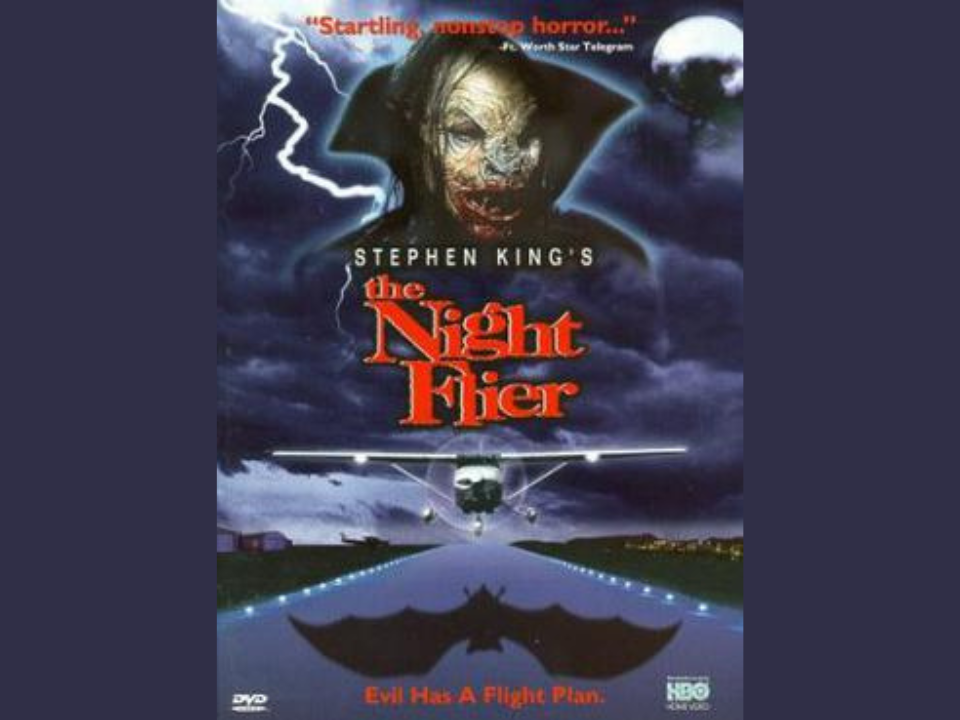
Based on a Stephen King short story, The Night Flier follows a reporter investigating a mysterious vampire who travels by plane, leaving a trail of gruesome deaths behind. The film blends traditional vampire lore with King’s knack for atmospheric tension.
While not as widely known as other vampire films, The Night Flier has a devoted cult following. Its chilling premise and eerie mood continue to make it a standout, offering a fresh perspective on the vampire mythos.
Shadow of the Vampire (2000)
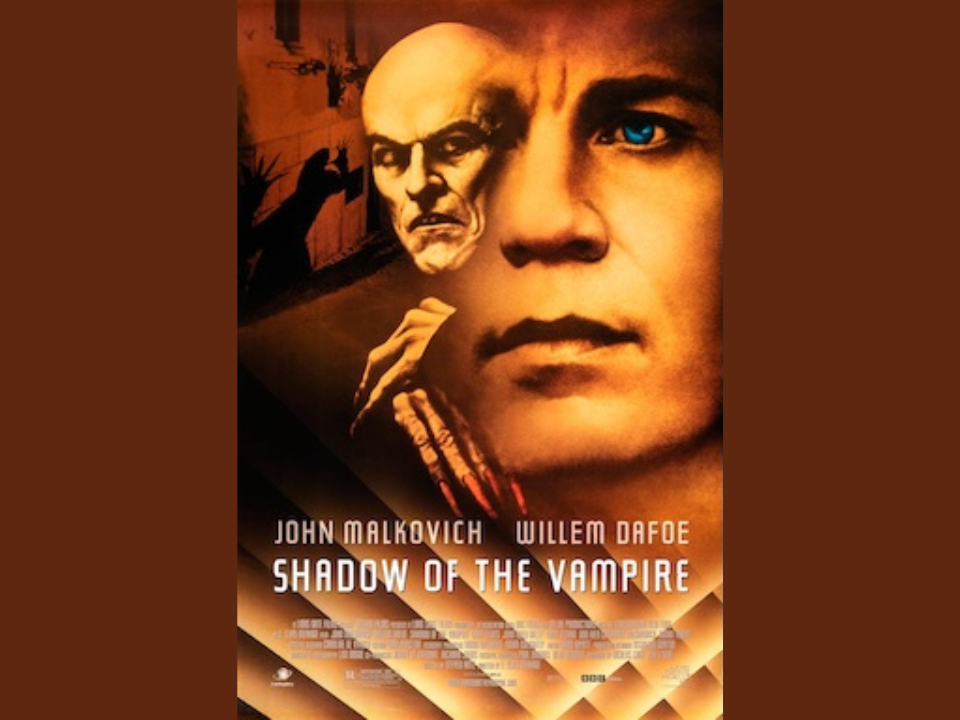
This psychological horror film is a fictionalized account of the making of Nosferatu, with John Malkovich playing director F.W. Murnau and Willem Dafoe portraying the film’s vampiric star, Max Schreck. The film explores the blurred line between art and madness.
The film’s unique premise, paired with Dafoe’s haunting performance, offers a fresh and eerie take on the vampire myth. Its mix of dark humor and genuine tension makes it a standout in the genre.
Daybreakers (2009)
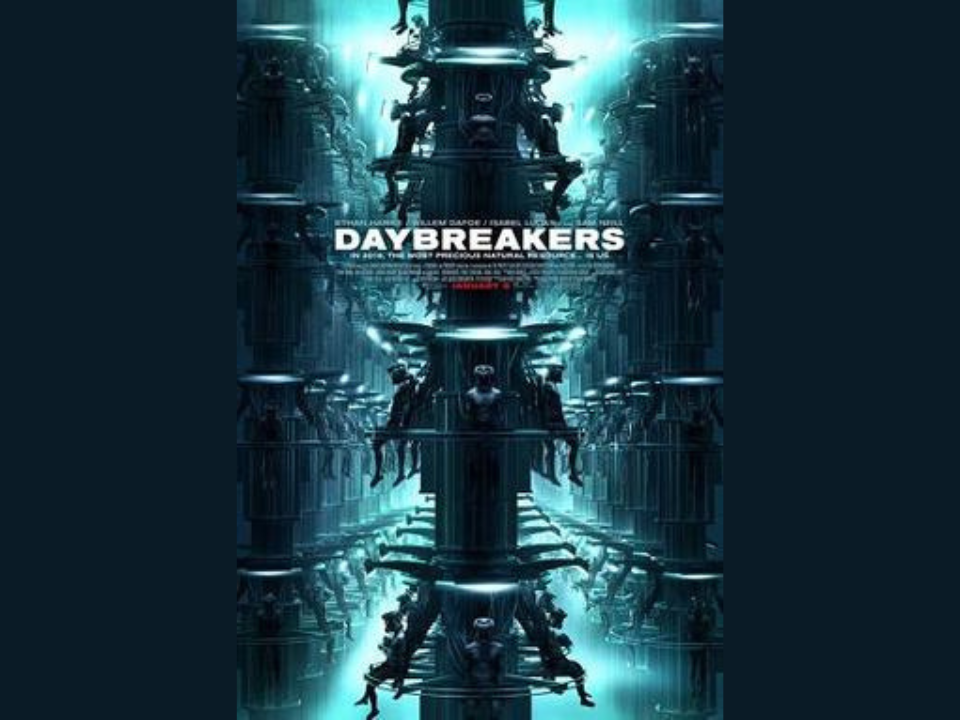
In a world where a vampire plague has decimated most of the human population, Daybreakers follows a vampire scientist trying to save the last remnants of humanity. The film explores themes of survival and the consequences of immortality.
With its dystopian setting and action-packed narrative, Daybreakers stands out for its unique take on the vampire apocalypse. The film combines sleek visuals with a strong social commentary on the dangers of unchecked power and immortality.
The Addiction (1995)
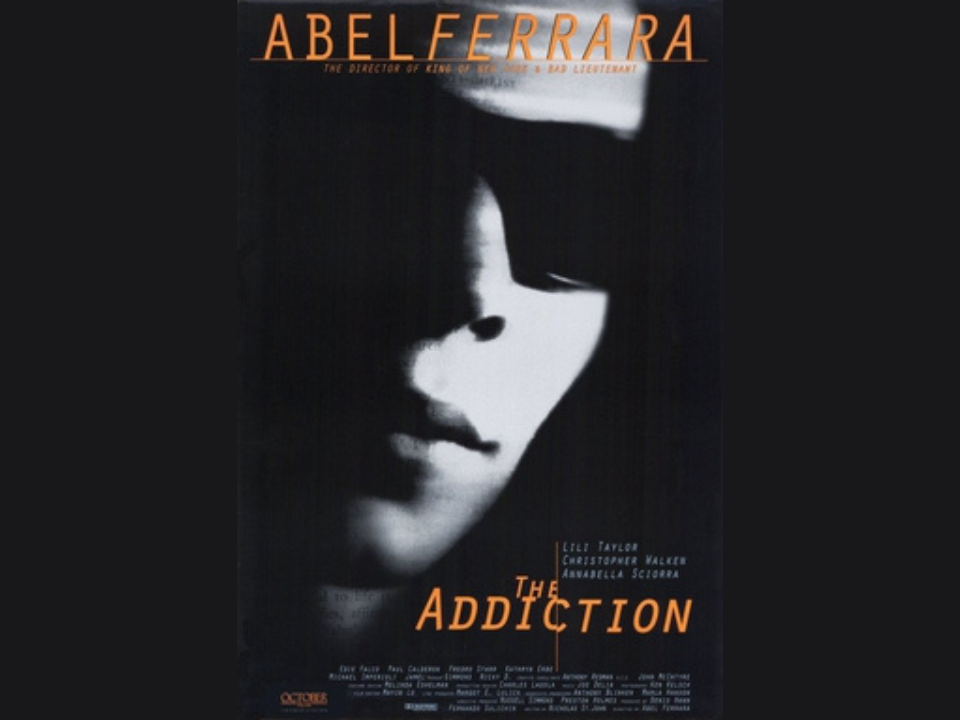
A thought-provoking, philosophical take on the vampire genre, The Addiction follows a philosophy student who is turned into a vampire and begins to grapple with her new nature. Directed by Abel Ferrara, the film blends horror with philosophical discourse.
The film is a unique meditation on addiction, morality, and the human condition. Its stark black-and-white cinematography and intellectual themes set it apart from other vampire films, offering a more cerebral approach to the genre.
Vampire’s Kiss (1988)
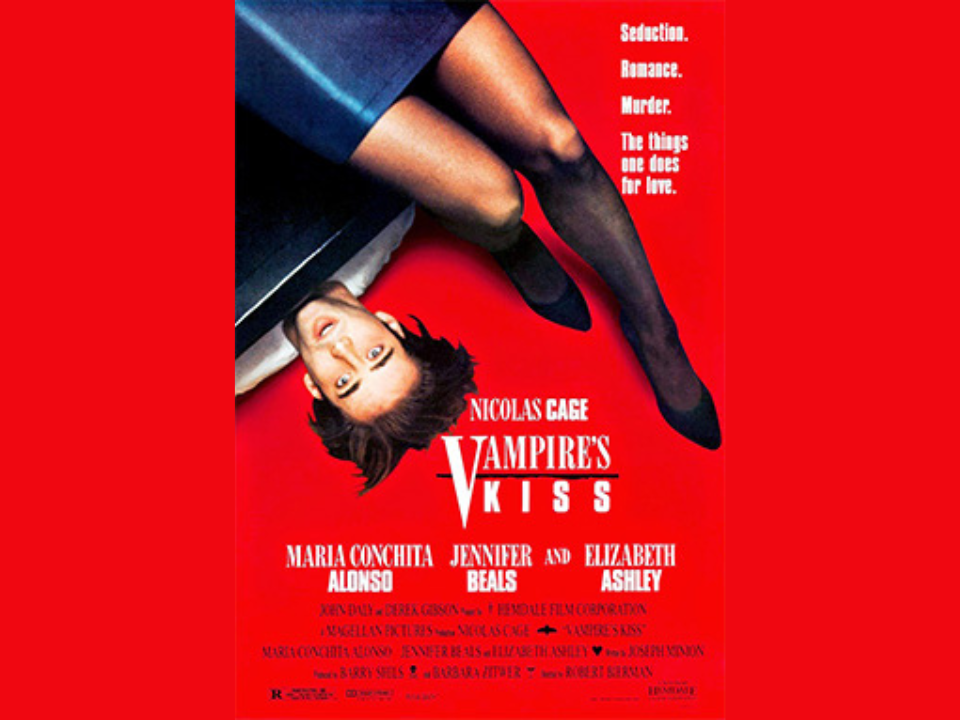
In this dark comedy, Nicolas Cage plays a New York City literary agent who begins to believe he has become a vampire. His descent into madness is both absurd and chilling, making the film a cult favorite.
Cage’s eccentric performance and the film’s blend of humor and horror give it an offbeat charm. Its quirky tone and exploration of insanity still resonate with audiences looking for something outside the norm in vampire cinema.
A Girl Walks Home Alone at Night (2014)
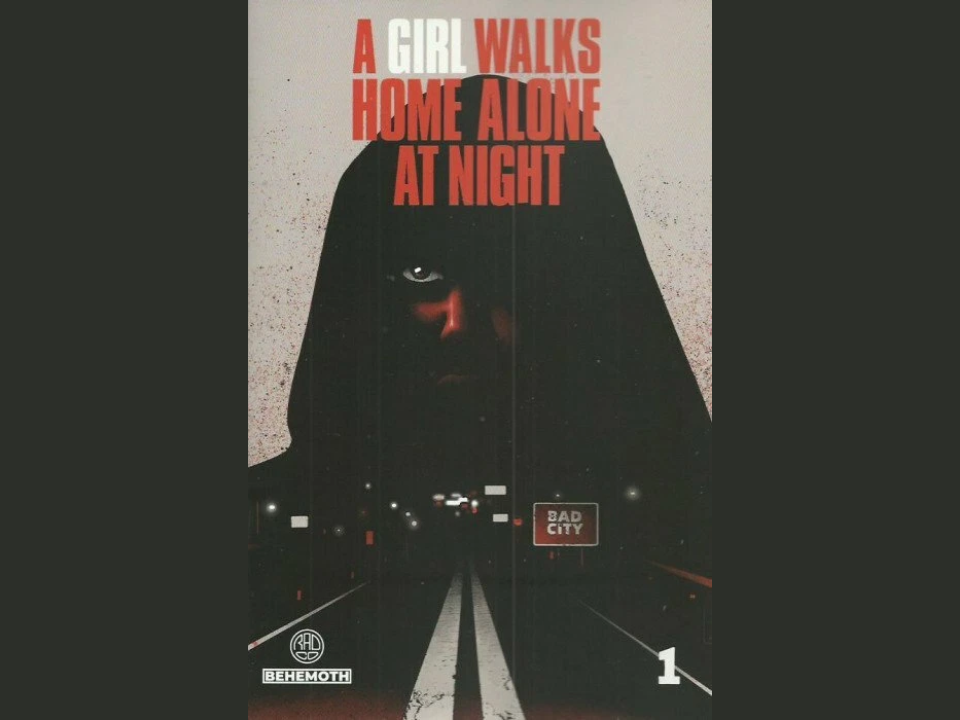
This Iranian-American film directed by Ana Lily Amirpour blends western and horror genres, focusing on a female vampire who roams a desolate Iranian town. The film combines gothic horror with a unique sense of style and cultural commentary.
With its stunning visuals, minimalist storytelling, and strong feminist undertones, A Girl Walks Home Alone at Night redefines the vampire genre. The film’s atmosphere and striking imagery make it a standout in recent vampire cinema.
This article originally appeared on Avocadu.
